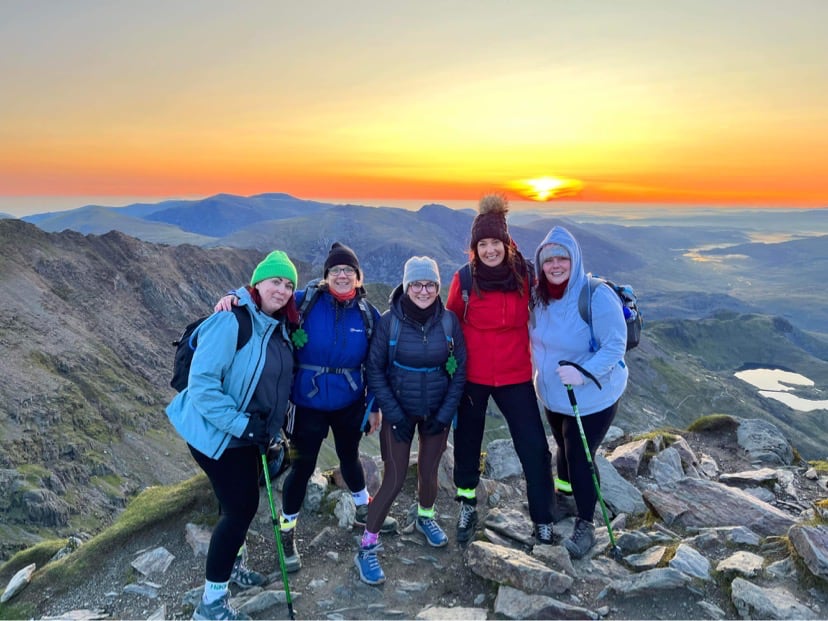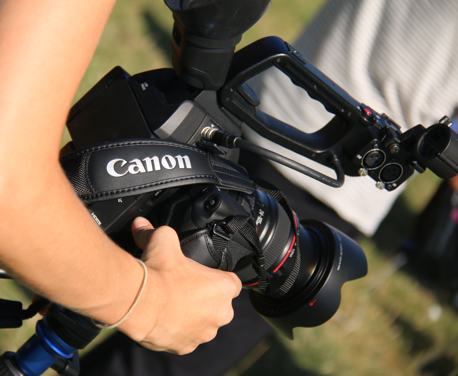It was a typical day, or so I thought. I woke up, got ready for our weekend walk, and headed out of the door, dog and children in tow. Some way into the walk, something felt off. My right hand started with pins and needles. I remember feeling like I was suspended in time. I could hear Oliver, my eldest son talking but couldn’t concentrate on his words. I stood looking down from the Italian Gardens in Scarborough towards the beach we had just come from. I had an awareness of where I was and what I was doing but my body would not respond. My right hand wasn’t working properly, Oliver was asking if I was ok, I tried to reassure him but I just couldn’t form the words I needed to say. I felt as though the right-hand side of my body was melting into the pavement. I continued to walk but staggered my body pulling down to the floor.
For a moment everything slowed down almost. I knew something was not right, suspected a Stroke and honestly thought I was going to die. I thought this is it – my time is up.
At the hospital, my body began to recover. It was strange, within an hour my body had brought me to the brink of collapse and put me back together again. – It was at this point I doubted what had happened, and wondered if it had all been my mind playing tricks on me. I had been under some considerable stress around that time and thought I’d had an episode. Whatever an episode is. The things you tell yourself in these circumstances to give you the push you need to go on are inventive at best.
Test after test followed until it was confirmed that in my 42nd year, I had had a stroke on account of a tiny hole in my heart that had been there since birth.
Thankfully the Stroke and heart condition was not life-limiting nor did it cause long-term physical disability. It passed like a wave leaving me whole only with fragments of change.
Luckily for me, my heart was an easy fix and I underwent a hole closure in December of the same year.
A stroke can have a significant impact on a person’s ability to walk and maintain balance. Even if the individual has mostly recovered, they may still experience difficulty with their gait and balance for an extended period of time.

The Sudden Onset of Stroke: How it Affects the Body and Recovery Time
A stroke is a medical emergency that occurs when blood flow to the brain is interrupted, either due to a clot or a ruptured blood vessel. The sudden onset of a stroke can have devastating effects on the body, leading to a range of physical and cognitive impairments. Even a minor stroke like I had can take a significant toll on an individual’s health and well-being.
Since the stroke, I have had issues with balance, coordination and stamina. Things that I found easy before I now struggle with but hope that in time with perseverance I will improve and I will regain what was lost.
Surviving a stroke has changed me. It has made me appreciate life in a way I never thought possible. It has made me realise that every day is a gift, and we should never take it for granted.
Keeping Active
Recovery from a stroke can take weeks, months, or even years, depending on the severity of the damage and the individual’s overall health. Rehabilitation is a critical part of the recovery process and may include physical therapy, occupational therapy, speech therapy, and other forms of treatment.
I have to say I have been one of the lucky ones and with minimal intervention was back on my feet in no time at all.
I started walking as part of my rehabilitation, firstly accompanied by friends and family and now on my own.
One of the things people don’t really talk about with stroke is the impact it has on your confidence to go out alone.
Luckily when my stroke happened I was not alone, but I was judged – rather than being helped by passers-by I was accused of being drunk in the presence of my children. That has stuck with me and for a long time, I feared being alone.
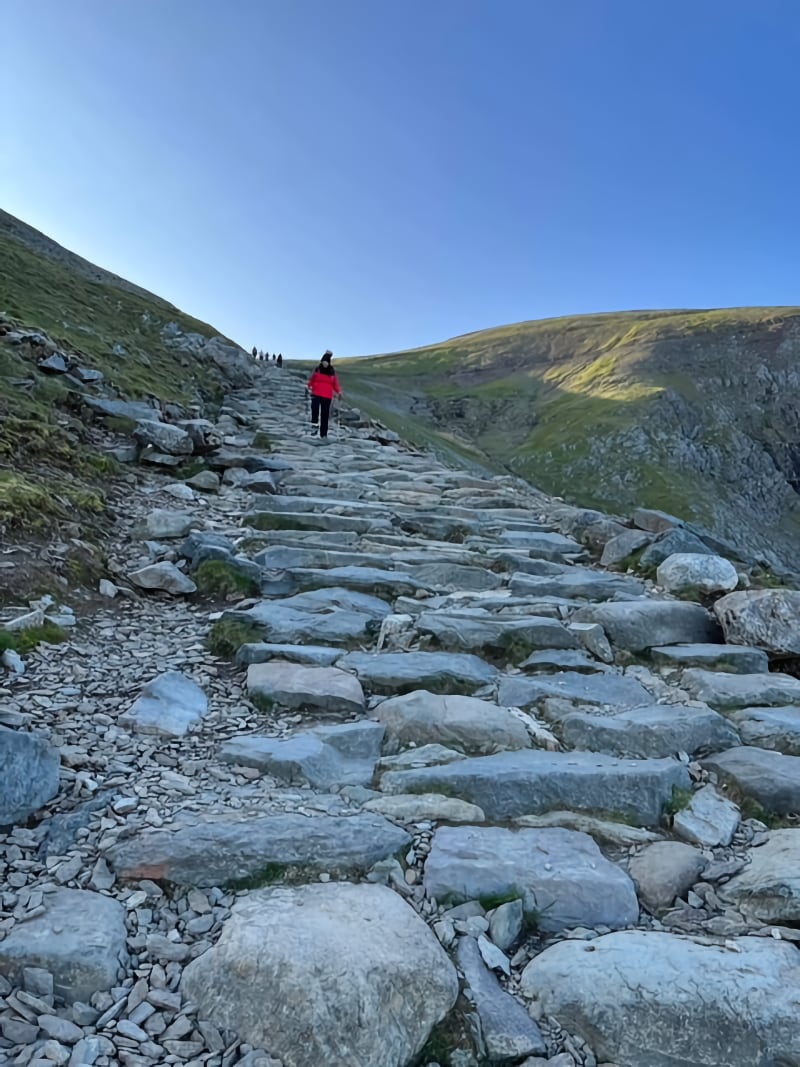
Taking Strides Supported by Robens trusty Walking Poles.
Recently, I had the opportunity to push myself and prove to myself and others that I could overcome the effects of a minor stroke. I decided to climb Snowdon, the highest mountain in Wales, as a personal challenge and to support a friend in raising money for the mental health charity Mind. However, I knew that this would be a difficult task, given my weakened muscles and compromised balance – and to be honest, I was a little nervous that my friends would have to leave me with my jelly legs halfway up the mountain in the middle of the night.
Thankfully, The Outdoor Guide provided me with walking poles to help with the climb. These walking poles, the Robens Keswick T6, proved to be an invaluable tool that helped me reach the summit and then descend. On our ascent at times, I felt like I was taking two steps forward and two steps back, as my muscles weakened and my balance faltered.
I honestly don’t think I could have completed the walk without the support of these poles and my friends’ encouragement constantly uttering the words ‘steady – steady’. We laughed so much at my jelly legs that had simply given up the ghost and wobbled their way to the summit.
One of the standout features that I really appreciated with these poles was their adjustable length, which allows you to customise the height to your specific needs. This is especially helpful when you are 5ft 11in unsteady on your feet when tired and navigating steep inclines, steps and uneven terrain.
In the end, I made it to the top of Snowdon and down again thanks in large part to the walking poles and the support of my friends.
I had used these poles as a tool and in all honesty, had not thought of them as anything more than that. At the time I did not realise that these walking poles could help take my climb to the next level. Walking poles, also known as trekking poles or hiking poles, are commonly used by hikers every day, not just those who need a little extra support.
They can be used by anyone who wants to improve their walking experience and their benefits are fantastic.
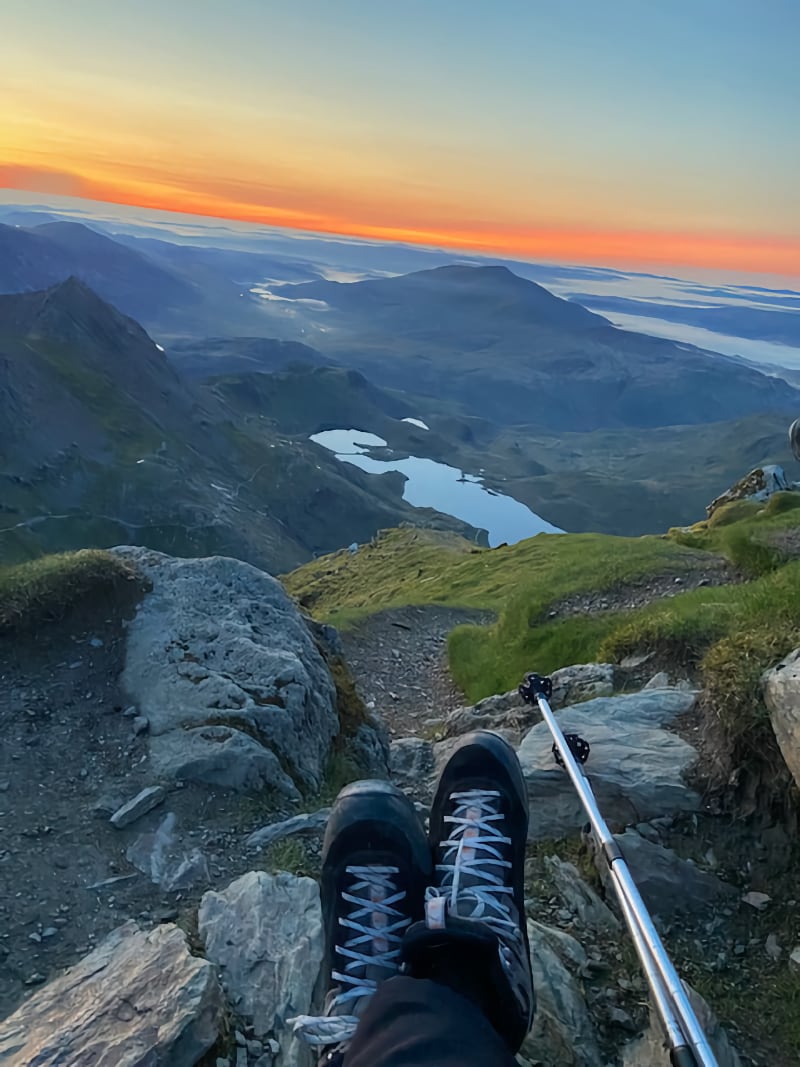
Relieve stress on joints
Walking poles can help relieve stress on joints, especially when going uphill or downhill. This is particularly beneficial for people with osteoarthritis or those who are overweight. When using walking poles, the poles absorb some of the impact of each step, reducing the amount of stress on the joints. This can help reduce pain and discomfort, allowing walkers to enjoy their exercise without worrying about joint pain.
Improve stability
Using walking poles can improve stability when walking, making it an excellent option for people with Parkinson’s disease or multiple sclerosis. The poles provide an additional point of contact with the ground, increasing stability and reducing the risk of falls. This can help people with balance issues feel more confident when walking and reduce the risk of injury.
Promote good posture, stability, and balance
Walking poles promote good posture, stability, and balance. When using walking poles, walkers engage their core muscles, which helps improve posture and balance. This can help reduce the risk of falls and improve overall stability.
Increase walking speed and distance
Using walking poles can increase walking speed and distance. The poles help propel walkers forward, allowing them to walk faster and cover more ground. This can be particularly beneficial for people who want to increase their cardiovascular fitness or who want to challenge themselves to walk further.
Increase core strength and functional independence
Using walking poles can increase core strength and functional independence. The poles engage the core muscles, which helps strengthen them over time. This can improve overall fitness and make it easier for people to perform daily activities.
Burn more calories
Finally, walking poles can burn more calories while feeling less exertion. The poles add an upper body workout to the walking exercise, which increases calorie burn. Additionally, using walking poles can make walking feel easier, allowing walkers to walk further or faster without feeling as tired.
In my, now expert opinion (I clung on to the poles like my life depended on it at points) I can confidently say the Roben Keswick T6 walking poles are an excellent addition to any walking routine. They can help relieve stress on joints, improve stability, promote good posture, increase walking speed and distance, increase core strength and functional independence, and burn more calories. If you’re looking to take your walking exercise to the next level, consider adding walking poles to your routine – I am converted and will be taking them everywhere I go.
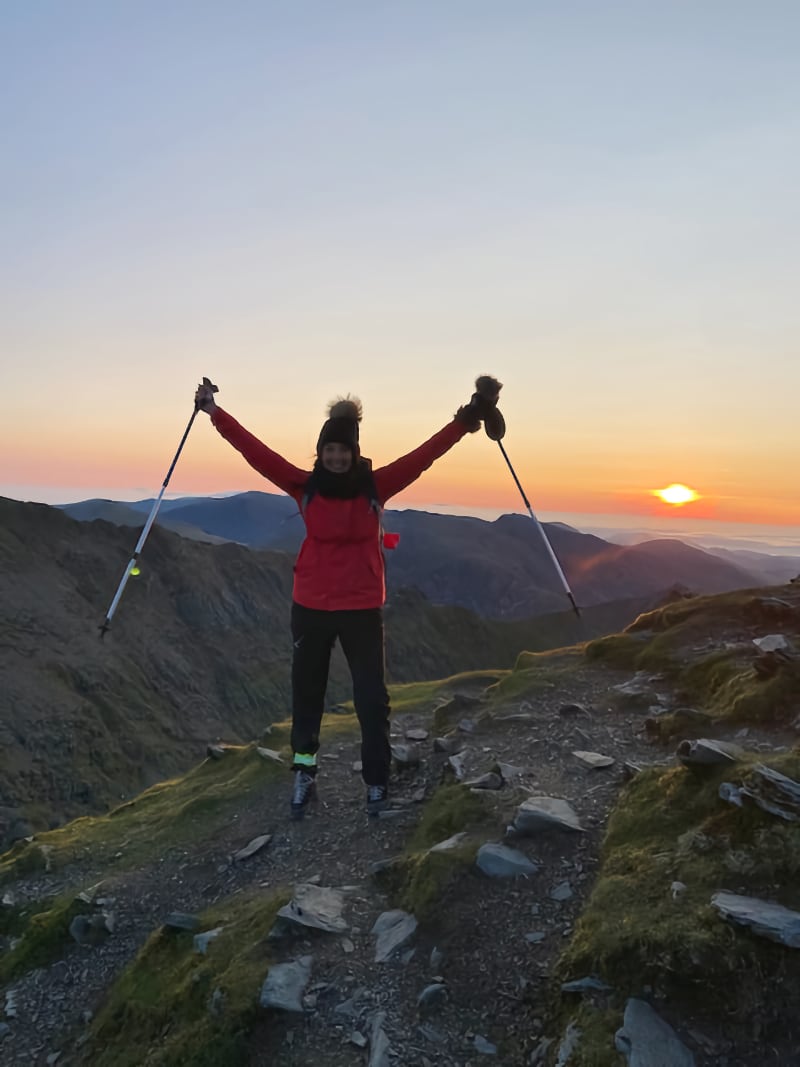
Conclusion
This experience has taught me that even in the face of adversity, it is possible to overcome challenges and achieve great things. It also highlighted the importance of having a strong support system and the right tools to help you succeed.
I am grateful to The Outdoor Guide and Robens for providing me with the walking poles that helped me reach the summit of Snowdon, and for reminding me that anything is possible with determination and perseverance.
Thank You x

